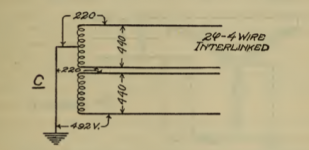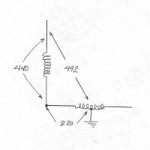Testing done by GE in the 60s showed pretty clearly that steel conduit is not a good return path when compared to an EGC inside the conduit. This gets worse over time due to corrosion. This testing was prompted by the increasing use of solidly-grounded 480 V systems. For 480 V we ran a separate EGC starting in the early 70s, but continued to use conduit for grounding for lighting and receptacle circuits until the early 1980s. At that point we started running an EGC for all circuits. Obviously the steel conduit manufacturers pushed back hard on any suggestion that the conduit wasn't a good ground, but no one has really refuted the test result, as far as I am aware.











